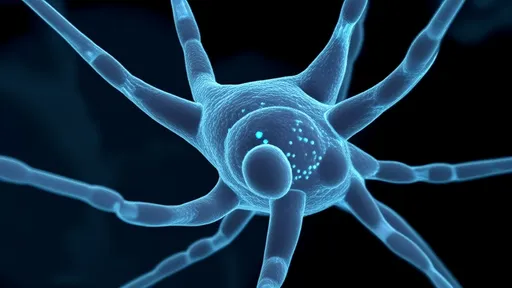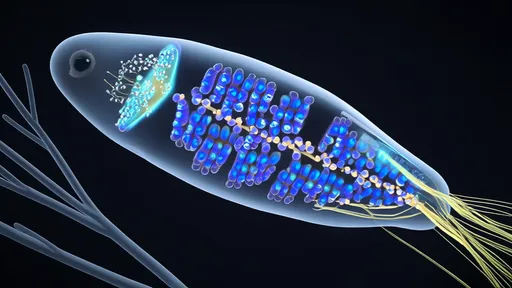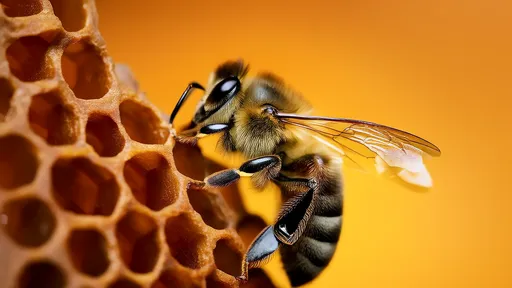The development of guide dogs as highly trained assistants for the visually impaired is a remarkable achievement in both animal husbandry and specialized training. Among the breeds selected for this vital role, the Labrador Retriever has emerged as the gold standard, prized for its intelligence, temperament, and physical attributes. The journey to establish the Labrador as the premier guide dog breed involved decades of selective breeding, behavioral research, and a deep understanding of canine genetics.
In the early 20th century, when systematic guide dog training programs first began, several breeds were experimented with including German Shepherds and Border Collies. While these breeds demonstrated certain desirable qualities, trainers gradually recognized that Labradors possessed a unique combination of traits making them exceptionally suited for guide work. Their moderate size, sturdy build, and natural retrieving instinct translated well into the precise movements required of a guide dog. Unlike more high-strung working breeds, Labradors demonstrated an unusual capacity to remain focused amid urban distractions while maintaining a calm disposition crucial for their handlers' safety.
The establishment of breeding programs specifically for guide dogs marked a turning point in standardizing the Labrador's working characteristics. Pioneering organizations like The Seeing Eye in the United States and Guide Dogs for the Blind in Britain began maintaining detailed pedigree records, tracking not just physical health but behavioral traits across generations. Breeders noticed that certain bloodlines consistently produced puppies with enhanced concentration spans, lower reactivity to sudden noises, and an almost intuitive understanding of spatial navigation. These observations led to the development of specialized breeding protocols that emphasized temperament as much as physical soundness.
Modern guide dog breeding represents a sophisticated intersection of science and tradition. Genetic testing now complements traditional pedigree analysis, allowing breeders to screen for both health conditions and behavioral markers. Research has identified specific genetic variants associated with trainability and stress resilience, enabling more precise breeding decisions. The result is a population of Labrador guide dogs with remarkable consistency in their working abilities, capable of mastering complex tasks like intelligent disobedience - where the dog must occasionally override a handler's command to prevent danger.
The standardization process extended beyond genetics to encompass every aspect of the dogs' development. Puppy raising protocols were refined to ensure proper socialization during critical developmental periods. Training methodologies evolved to leverage the Labrador's natural food motivation and desire to please, creating positive reinforcement systems that produce reliable working behaviors. Even the dogs' physical care became standardized, with veterinary protocols specifically designed to maintain guide dogs at peak condition throughout their working lives.
Today's Labrador guide dogs represent the culmination of nearly a century of careful breeding and research. Their ability to navigate complex environments while remaining attuned to their handler's needs stems from generations of selective breeding for these exact traits. The success of the Labrador as the predominant guide dog breed stands as a testament to what can be achieved when scientific rigor is applied to the age-old partnership between humans and dogs. As research continues, the standards for guide dog breeding will likely become even more refined, ensuring these remarkable animals can serve visually impaired individuals with ever-greater effectiveness.

By /Jul 7, 2025

By /Jul 7, 2025

By /Jul 7, 2025

By /Jul 7, 2025

By /Jul 7, 2025

By /Jul 7, 2025

By /Jul 7, 2025

By /Jul 7, 2025

By /Jul 7, 2025

By /Jul 7, 2025

By /Jul 7, 2025

By /Jul 7, 2025

By /Jul 7, 2025

By /Jul 7, 2025

By /Jul 7, 2025

By /Jul 7, 2025

By /Jul 7, 2025

By /Jul 7, 2025